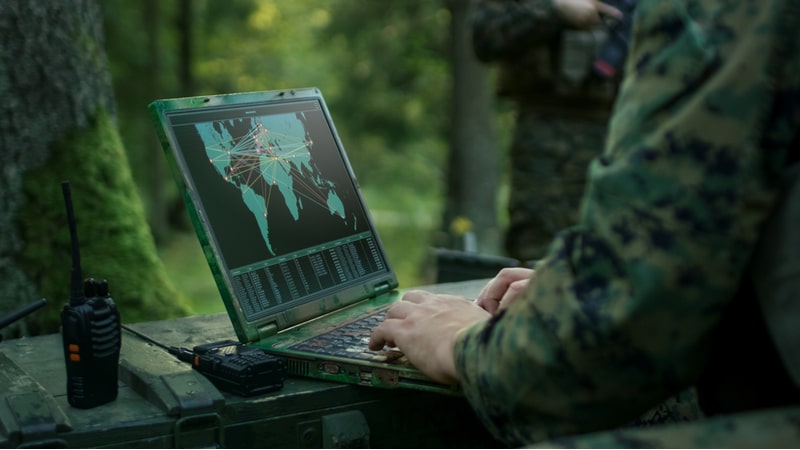
A new Government Accountability Office (GAO) report says that the Pentagon is struggling to deliver new technologies quickly and includes cybersecurity and workforce challenges among the list of factors contributing to that problem.
GAO’s June 17 report – the watchdog agency’s 22nd annual assessment of the Defense Department’s (DoD) weapon systems acquisition – finds the Pentagon “still struggling to deliver new technologies quickly, even while faced with constantly evolving threats.”
“While the Department of Defense (DOD) plans to invest more than $2 trillion to develop and acquire its costliest weapon programs, it continues to struggle with delivering innovative technologies quickly,” the 261-page report says. “Weapon systems are more complex and driven by software than ever before. Recent reforms were intended to lead to faster results, but slow, linear development approaches persist.”
For this study, GAO assessed the Pentagon’s 31 major defense acquisition programs (MDAP) and 20 of its largest middle tier of acquisition (MTA) programs.
According to the government watchdog, more weapon programs reported the use of modern software development approaches but continued to lag in implementing several key aspects of those approaches that could enable them to deliver software more quickly and reduce risk – like key cybersecurity assessments.
“MDAPs and MTAs did not consistently complete or plan to complete key cybersecurity assessments before certain program events occurred, as recommended by DOD guidance,” GAO says.
The report also notes that the DoD has struggled to hire and retain a workforce with sufficient software expertise.
“Most of the 53 software-intensive programs GAO reviewed reported contractor-led software development efforts, underscoring the importance of capable acquisition staff for oversight,” the report says.
“DOD has taken initial steps to establish a cadre of personnel with software expertise, but its efforts are in early stages. While DOD expects to request more funding, as of March 2024, the cadre consisted of one federal employee with limited assistance,” the report says. “Without planning for key aspects of how it will expand the cadre and defining the cadre’s goals, DOD may face challenges providing its acquisition programs with the software acquisition expertise they need.”
GAO made three recommendations to DoD, including that it address how MTA programs implement leading practices for product development, like cybersecurity; define goals for its software cadre; and identify strategies and resources need to achieve those goals. DoD agreed with all three recommendations.
